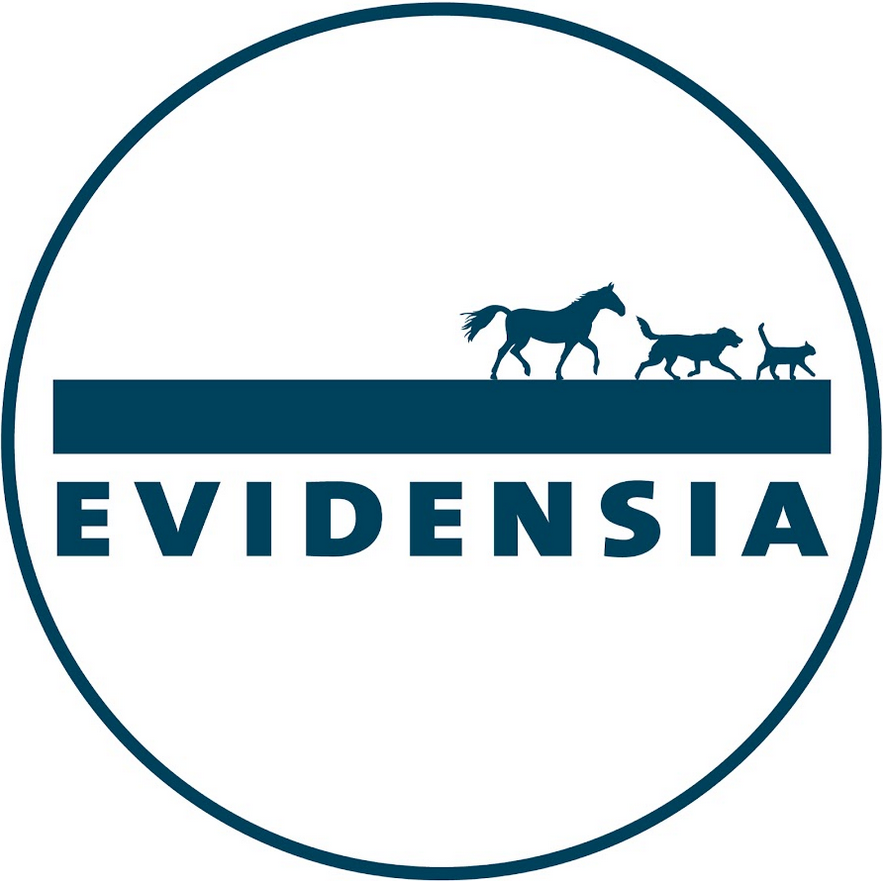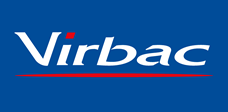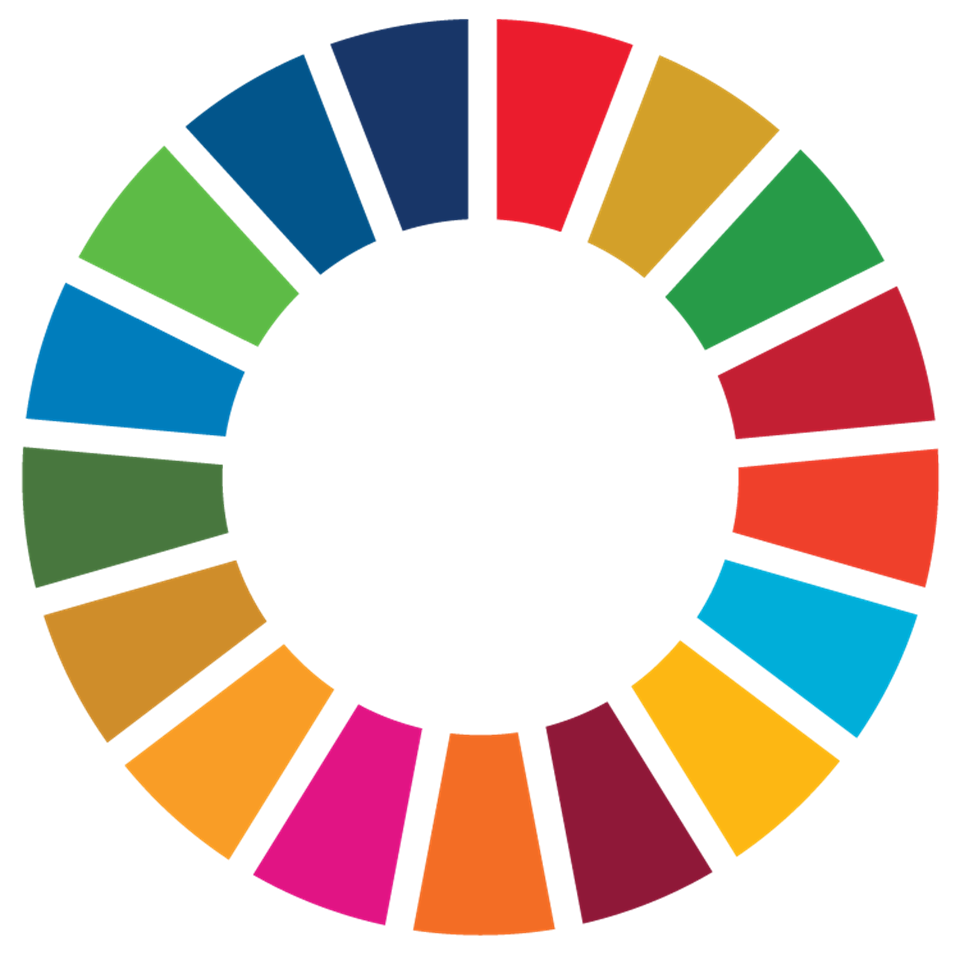Combination therapy
No results were found for your selected species
Poulvac IB Primer
Active substance
ATC code
Species
Chickens.
Indications
For active immunisation of chickens against Massachusetts serotype strains and D274 like strains of Avian Infectious Bronchitis virus (IBV).
Onset of immunity: 27 days after vaccination
Duration of immunity: 16 weeks
Dose to be administered and administration route
Vaccination scheme:
Broilers: vaccination from first day of life.
Future layers or breeders: vaccination from first day of life or during the 3rd to 4th week of life for immediate protection of young chickens and priming for subsequent vaccinations with an inactivated vaccine. Layer or breeders: vaccination from onset of lay.
One dose of vaccine per bird administered by spray administration, eye drop administration or drinking water administration. The amount of water to be used depends on the method of administration:
For spray administration: Dilute and administer the reconstituted vaccine at a rate of one dose of reconstituted vaccine per bird, according to the directions of your specific coarse spray vaccination equipment. Recommended volume for one dose is between 0.1 and 0.5 ml.
The spray device used must be set to a droplet size of 0.12 to 0.15 mm in diameter. The distance from the spray head to the bird should be approximately 50 cm.
During spraying and for about 20 - 30 minutes thereafter, ventilation should be switched off or reduced. Dimming light sources is recommended to avoid unsettling the animals.
For eye drop administration: 50 ml per 1000 birds.
One drop (0.05 ml) of the vaccine solution is administered into an eye. In doing so, the head of the animal must be fixed so that the drop does not run down. 1000 doses of the vaccine are dissolved in 50 ml water.
For drinking water administration: Depending on the age of the birds: The amount of water in litres per 1000 chickens should be set according to the age of the chickens in days (up to a maximum of 40 litres).
Water containing a high level of chlorine or metal ions should not be used and conduit pipes, tubing, etc. should be thoroughly clean and free of traces of disinfectants and detergents. It is recommended to add protective proteins in the form of skimmed milk powder (2 g per litre of water) or skimmed milk (1 litre per 50 litres of water) to the water.
The birds should be deprived from water about 2 hours before vaccination. For vaccination, use as many litres of water as the age of the birds in days, per 1000 birds, up to a maximum of 40 litres as indicated above.
Prepare the amount of vaccine to be used within 2 hours. Remove the sealing cap and stopper from the vaccine vial and suspend the vaccine in the corresponding amount of water and mix carefully. Care should be taken to empty the ampoule completely and administer the diluted vaccine immediately.
Make sure that birds do not have access to untreated water until the treated water has been consumed.
One day before and after vaccination no drugs or disinfectants should be applied to the chickens.
Adverse reactions
In very rare cases, a slight reaction to vaccination can be observed in the form of transient, mild respiratory symptoms.
The frequency of adverse reactions is defined using the following convention: - very common (more than 1 in 10 animals treated displaying adverse reaction(s))
- common (more than 1 but less than 10 animals in 100 animals treated)
- uncommon (more than 1 but less than 10 animals in 1,000 animals treated)
- rare (more than 1 but less than 10 animals in 10,000 animals treated) - very rare (less than 1 animal in 10,000 animals treated, including isolated reports).
Dispensing
POM-V - Prescription Only Medicine – VeterinarianSUMMARY OF PRODUCT CHARACTERISTICS
1. NAME OF THE VETERINARY MEDICINAL PRODUCT
Poulvac IB Primer
2. QUALITATIVE AND QUANTITATIVE COMPOSITION
Avian infectious bronchitis vaccine (live), freeze-dried.
Quantitative composition
|
Active Ingredients |
Per dose |
|
Infectious bronchitis virus strain H120 |
103.0 – 105.4 EID50 |
|
Infectious bronchitis virus strain D274 clone |
103.0 – 105.4 EID50 |
Excipients
For a full list of excipients, see section 6.1.
3. PHARMACEUTICAL FORM
Oral solution or spray solution after reconstitution of the freeze-dried vaccine in water.
4. CLINICAL PARTICULARS
4.1 Target Species
Chickens from one day of age.
4.2 Indications for use, specifying the target species
For active immunisation of chickens to reduce upper respiratory tract infections caused by strains of the Massachusetts serotype and Dutch variant strains D207/D274.
The onset of immunity is from 27 days post vaccination.
Protection of chicks will be of approximately 16 weeks duration at which age the chickens may be vaccinated with an appropriate inactivated IBV vaccine product.
4.3 Contraindications
Do not use in sick chickens.
Refer to sections 4.4 and 4.7.
4.4 Special warnings
It is accepted that spray administration offers benefits over water administration in terms of ease of application and percentage of birds vaccinated. Nevertheless, greater secondary problems may result under certain management conditions. Spray vaccination should not be used if intercurrent infection is suspected. It is important to consult your veterinary adviser or Zoetis technical staff before using the spray technique.
Efficacy against infectious bronchitis caused by the 4/91 (793B) UK variant IB strain has not been demonstrated.
Maternally derived antibody (MDA) can interfere with the development of active immunity. Where it is likely that recent field infection or vaccination of the parent flock has stimulated a high antibody titre and consequently a high level of MDA, the timing of the vaccination programme should be planned accordingly.
4.5 Special precautions for use, including special precautions to be taken by the person administering the medicinal product to animals
i. Special precautions for use in animals
Care should be taken in the planning and implementation of vaccination programmes as vaccine virus may spread from vaccinates to non-vaccinated chickens. It is recommended that all chickens on a site be vaccinated with this product.
ii. Special precautions to be taken by the person administering the veterinary medicinal product to animals
It is recommended to spray vaccinate in a sealed cabinet. Alternatively, the eyes and face of vaccination staff should be protected by a full facemask approved to BS2091 (e.g. a SiebeGorman vista type) and eye goggles should be worn. A helmet with filtered air circulation may be used instead of goggles and mask.
On completion operators should wash and disinfect hands in an approved disinfectant.
4.6 Adverse reactions (frequency and seriousness)
A mild vaccination reaction can be observed in the form of transient, slight respiratory symptoms such as occasional sneezing and coughing. No harmful clinical effects have been observed. Tracheal histopathology revealed very low scores in the post vaccination period.
4.7 Use during pregnancy, lactation or lay
Can be used before the onset of lay in chickens intended for breeding.
The safety of the veterinary medicinal product has been demonstrated when administered during lay.
4.8 Interaction with other medicinal products and other forms of interaction
Safety and efficacy data are available which demonstrate that this vaccine, when administered by the spray route to maternal antibody positive chicks, can be administered on the same day as Poulvac NDW and Poulvac SHS. No information is available on the safety and efficacy of this vaccine when used with any other veterinary medicinal product except the products mentioned above. A decision to use this vaccine before or after any other veterinary medicinal product therefore needs to be made on a case by case basis.
4.9 Amounts to be administered and administration route
Vaccination scheme:
Broilers: vaccination from first day of life.
Future layers or breeders: vaccination from first day of life or during the 3rd to 4th week of life for immediate protection of young chickens and priming for subsequent vaccinations with an inactivated vaccine. Layer or breeders: vaccination from onset of lay.
One dose per chicken to be administered with drinking water or by spray. The quantity of water to be used depends on the method of administration. Never use less than 1 dose per bird.
Drinking water
Discontinue any drinking water medication 24 hours before vaccination. Water containing a high level of free chlorine should not be used. A general indication is that if chlorine can be detected in the water by smell or taste it could deactivate the living virus.
If so, half a litre (1 pint) of skimmed milk should be thoroughly mixed into every 20 litres (5 gallons) of water or skimmed milk powder added at a rate of two grams per litre of water before adding vaccine.
Only perfectly clean and rust free utensils and drinkers (preferably plastic) should be used, and disinfectants must not be used for cleaning. Ensure that there is enough drinking trough space to allow all birds immediate access to the vaccine. No untreated water should be available until the treated water has been consumed.
Withhold drinking water for 2 hours before vaccination to stimulate thirst. Remove the aluminium seal from the vaccine vial. To dissolve the vaccine pellet, the rubber stopper should then be removed whilst the vial is immersed in a plastic measuring jug containing 1 litre (approximately 1 quart) of clean cool water. Half fill the vial with water, replace the stopper and shake to dissolve any remaining vaccine.
The vaccine concentrate should then be added to and thoroughly mixed with sufficient drinking water to last for approximately 2 hours.
The approximate drinking water requirements for vaccination can be calculated from the age of the birds. Use as many litres of water as the age of the birds in days, per 1000 birds, up to a maximum of 40 litres per 1,000 birds.
Distribute the diluted vaccine evenly in the drinkers. Do not expose prepared drinking water vaccine to sunlight.
Return to regular watering only after the vaccine water has been consumed. The vaccine solution is best divided so that the drinkers are charged at least twice with vaccine to ensure a more widespread uptake.
If nipple drinkers are employed, ensure that header tanks are continually refilled with water containing vaccine.
The vaccine may be used in automatic watering equipment. However, the main supply should only be turned on when all the vaccine treated water has been consumed.
NB: Check that birds are never left without water after vaccine treatment.
Spray
Poulvac IB primer has been used in most types of spray equipment. The equipment should provide a droplet size of 0.12 to 0.15 mm diameter. The distance from the spraying head to the bird must be approximately 50 cm. Use 0.15 to 0.5 litres of water per 1,000 birds depending upon the type of spray equipment to be used.
The vaccine should be dissolved as described under drinking water administration. The vaccine concentrate should then be added to the water in the sprayer tank and thoroughly mixed.
4.10 Overdose (symptoms, emergency procedures, antidotes), if necessary
A ten-fold overdose administered by eye drop to day-old SPF chicks, observed over 21 days, elicited no effects more severe than those observed with a single dose.
4.11 Withdrawal periods
Zero days.
5. IMMUNOLOGICAL PROPERTIES
To stimulate active immunity against infectious bronchitis virus, strain Massachusetts serotype and Dutch variant strains D207/D274.
ATCVet code: QI01AD07
6. PHARMACEUTICAL PARTICULARS
6.1 List of excipients
Mannitol
Inositol
NZ Case Plus
Gelatin
6.2 Incompatibilities
Do not use with any other veterinary medicinal product.
6.3 Shelf-life
18 months.
Reconstituted vaccine should be used within 4 hours.
6.4 Special precautions for storage
Store and transport refrigerated (2°C - 8°C).
Protect from light. Do not freeze.
6.5 Nature and composition of immediate packaging
Nature: Type I glass (Ph.Eur) vial
Closure: Butyl rubber (Ph.Eur) and aluminium tear-off cap.
Content: Freeze-dried pellet.
Pack size: Pack of 10 vials containing 1,000, 2,000 or 5,000 doses.
6.6 Special precautions for the disposal of unused veterinary medicinal product or waste materials derived from the use of such products, if appropriate
Dispose of waste material by boiling, incineration or immersion in an appropriate disinfectant approved for use by the competent authorities.
7. MARKETING AUTHORISATION HOLDER
Zoetis UK Limited
1st Floor, Birchwood Building
Springfield Drive
Leatherhead
Surrey
KT22 7LP
8. MARKETING AUTHORISATION NUMBER
Vm 42058/4103
9. DATE OF RENEWAL OF THE AUTHORISATION
15 April 2005
10. DATE OF REVISION OF THE TEXT
August 2020 
Approved: 14 August 2020

| Art. Nr. | 42058/4103 |
|---|---|
| EAN | 8714015011846 |
 TRUSTED SOURCE
TRUSTED SOURCE








